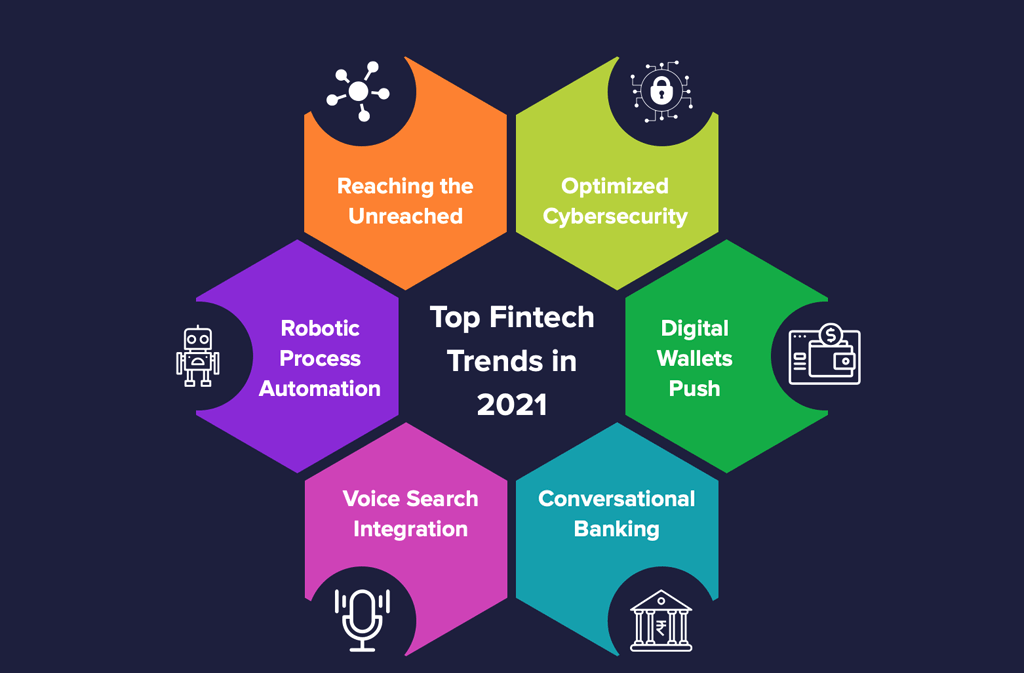Introduction
future of Fin Tech The final four pieces are on the destiny of fintech and cryptocurrency. They focus on distributed ledger technology (DLT), such as blockchain,
which would be the foundation for cryptocurrencies, as well as linked security concerns, future potential regulations for cryptocurrencies,
as well as the possible effects of cryptocurrencies but also DLT on fiscal policy and also the likely responses of central banks.
In “Beneficial Money & Cryptocurrencies,” Jon Nicolaisen and Peder ostbye give an overview of the present state of things in the domains of digital currencies and distributed ledger technology,
as well as their interplay in a digitized economy (Lin, 101702).

They inquire about the following topics: Could cryptocurrencies serve as useful money without the backing of institutions?
Is it possible for cryptocurrencies to enhance our transaction systems? What seem to be the potential dangers?
What should financial institutions and other authorities do in the face of cryptocurrency?
Cryptocurrency, according to the writers, are crypto-assets that work as hold choices on the present transaction system and drive (anonymous) trades.
They predict that money obsolete in ten to fifteen years, owing with Norway’s national bank virtual money (CBDC),
which launched during spring 2018 (Lin, 101702). They further assert that CBDCs have had no fiscal policy effects.
They expect any future legislation involving CBDCs to get a worldwide norm. In a CBDC system, monetary transfer will be difficult.
Lastly, they claim that banks can employ DLT to combat money trafficking.
Bill Nelson gives an overview of the bitcoin customer experience and analyses the potential financial stability consequences.
Virtual Currencies as well as Virtual Payments future of Fin Tech
His discussion, “Virtual Currencies as well as Virtual Payments: Economic Security as well as Monetary Policy Repercussions,”
contends that the dangers posed by virtual currencies to the US economic system are minor,
and also that the risks are more heavily concentrated in economic systems where virtual currencies are more widely used,
mostly because the national currency is less trusted or even though the virtual money allows people to ignore capital control measures.
As a result, he claims, the most significant financial stability threats posed by digital currencies appear to be possibilities rather than realities (Michalczyk).
He is referring to the current financial catastrophe, during which economic security concerns were focused in safe assets instead of hazardous ones.
“Is a Cashless Community Attainable?” asks the author.
Kevin Rutter as well as Morten Wilhelm Winther talk about the three methods to central bank-issued virtual money (CBDC) being studied within Corda,
R3’s shared ledger platform, and future legislative reforms.
Given the growing use of physical currency in many places, most nations are unlikely to achieve a cashless economy very soon.
Nevertheless, in certain nations, especially the Nordics, the development of electronic payments has been followed with a decline in real cash.
Consumer attitudes
Although consumer attitudes in these nations may be moving toward a near-cashless world,
a truly cashless society is not conceivable without first overcoming a number of challenges.
Given the hazards to customers of simply storing money with default-able private industry organizations,
a credible technology solution would need to emerge as both a replacement for physical currency (Michalczyk).
Second, rules and regulations governing the usage of physical money would need to be altered. The authors examine regulatory developments in Norway and propose high-level concepts as to whether a sales CBDC may be constructed using R3’s Corda.
Mike Warner has a few unique ideas on smart money. In his essay “Satori: Toward a Global Enhanced Intelligence Architecture,
” he examines a working drought MOF (Meta Object Facility) for decentralized intelligence systems that is comparable to Corda.
The objective is to establish a design approach to financial form of banking that enables for cost savings and risk avoidance (Michalczyk).
A matured MOF would, in particular, provide an important instrument intelligence framework for the resolution of collective intentions by agreement.
One important use for this MOF is to allow decentralized systems to handle a variety of different asset classes.

Comments are closed.